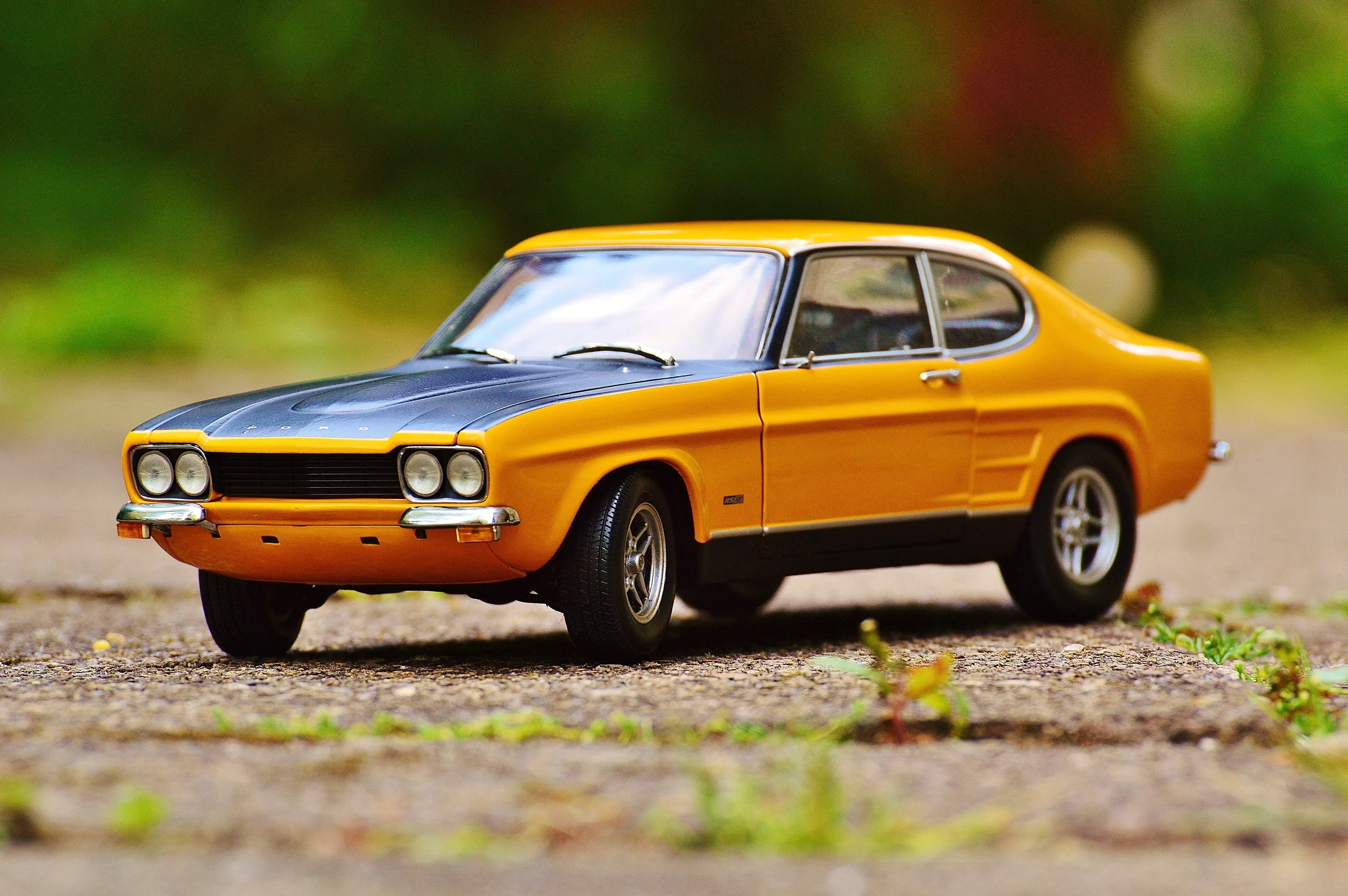Ever wondered what those numbers on the box of a diecast car mean? Like, what does 1/64 or 1/18 actually mean? Well, you’re in the right place! This guide breaks down the world of diecast car scales in a way that’s easy to understand, even if you’re just starting your collection journey.
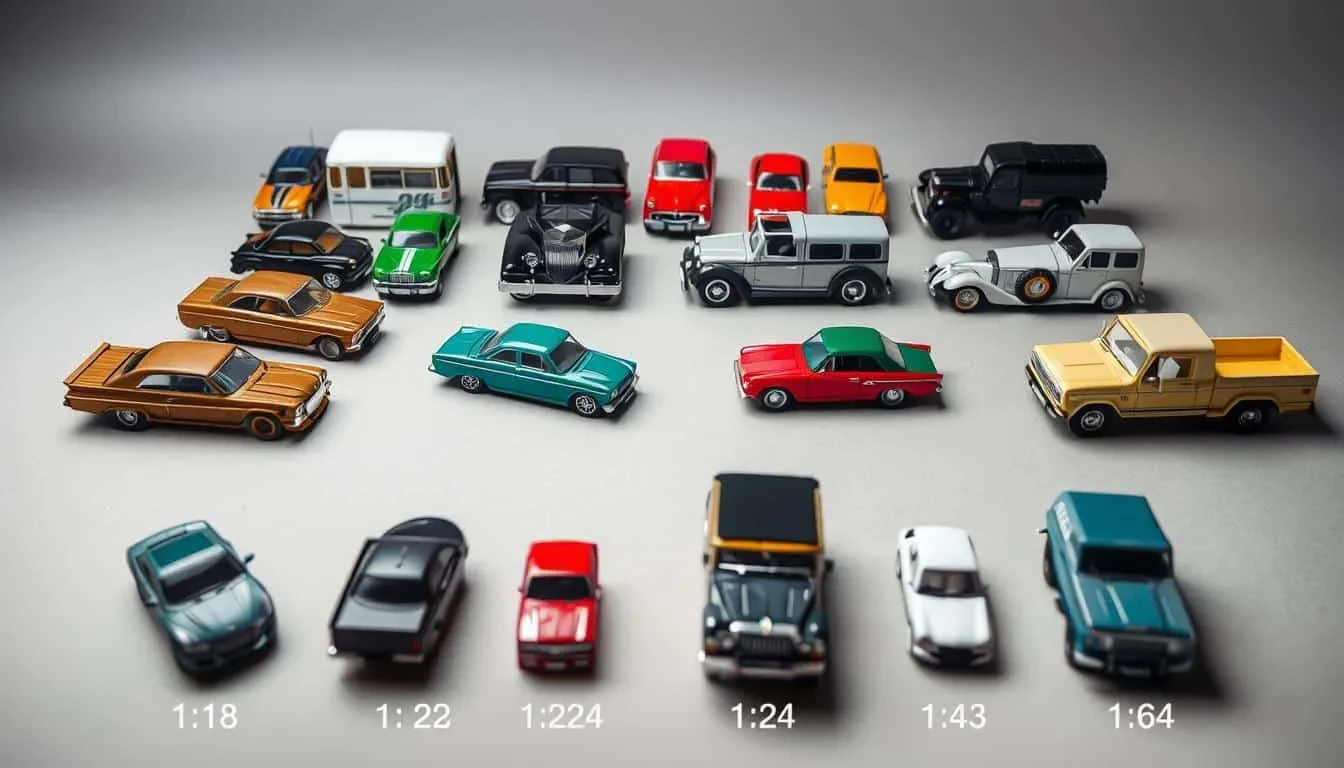
So, What Does ‘Scale’ Even Mean?
In the diecast world, “scale” refers to the size of the model car in relation to the real car it represents. It’s expressed as a ratio, like 1/64 or 1/18. The first number (always 1) represents the model car, and the second number represents the real car. So, a 1/64 scale car is 64 times smaller than the real thing.
Think of it like a map. A map of a city is much smaller than the actual city, but it’s drawn to a certain scale so that distances are proportional. Diecast car scales work the same way. They let manufacturers create detailed replicas of real cars in a manageable size.
Common Diecast Car Scales You’ll Encounter
Here are some of the most popular diecast car scales you’ll find, along with what makes them special:
1/64 Scale
This is arguably the most common scale, especially for brands like Hot Wheels and Matchbox. 1/64 scale cars are small, affordable, and great for collecting in large quantities. They’re perfect for creating dioramas or racing on tracks.
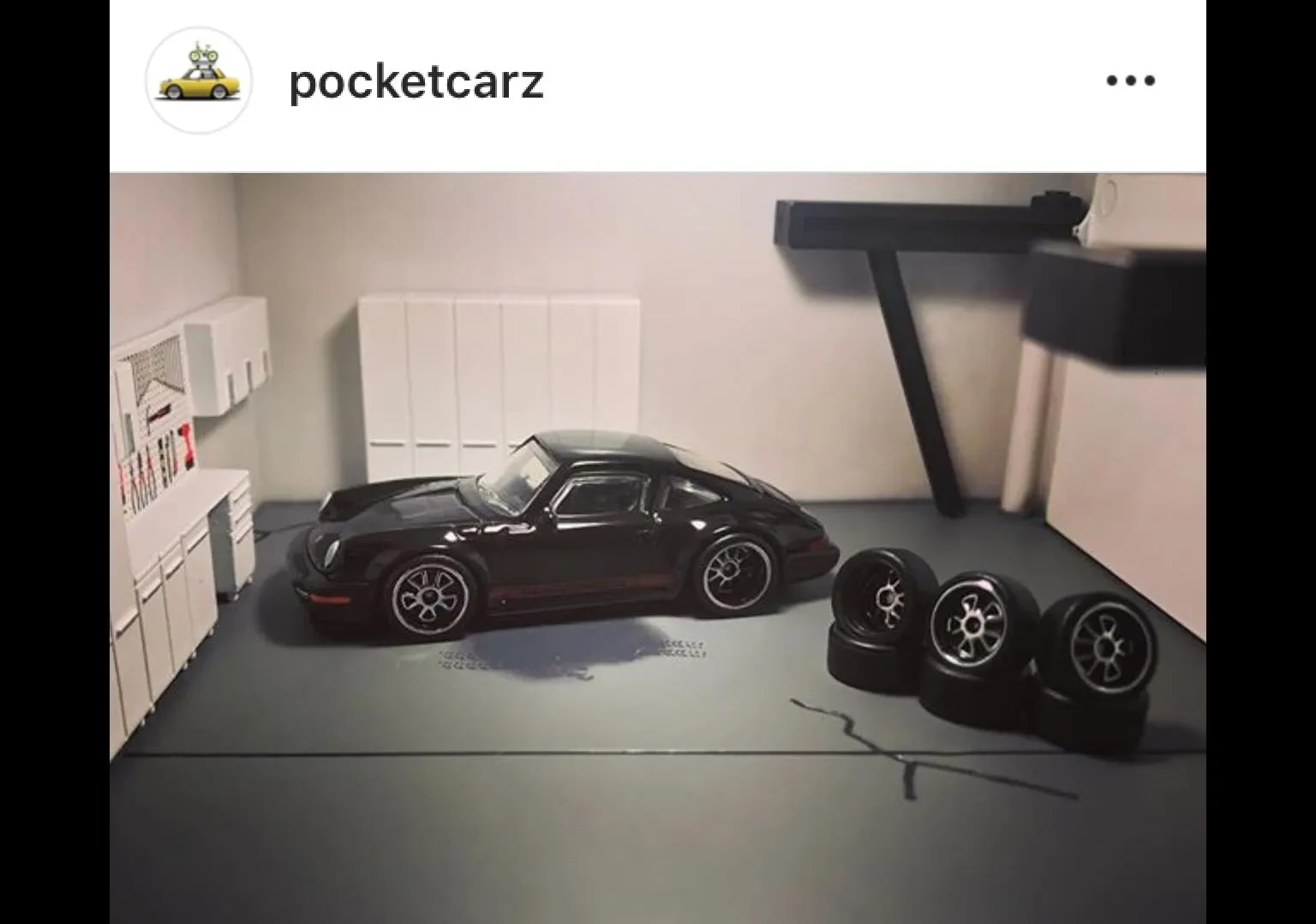
While they may lack the intricate details of larger scales, 1/64 cars offer a fantastic entry point to the hobby.
1/43 Scale
A step up in size and detail from 1/64, 1/43 scale offers a good balance between affordability and realism. You’ll find many classic and modern car models in this scale. It’s a popular scale for European car models.

1/24 Scale
1/24 scale cars are noticeably larger and offer more opportunities for detail. They’re a popular choice for muscle cars, trucks, and custom car builds. Many diecast kits are also available in this scale.
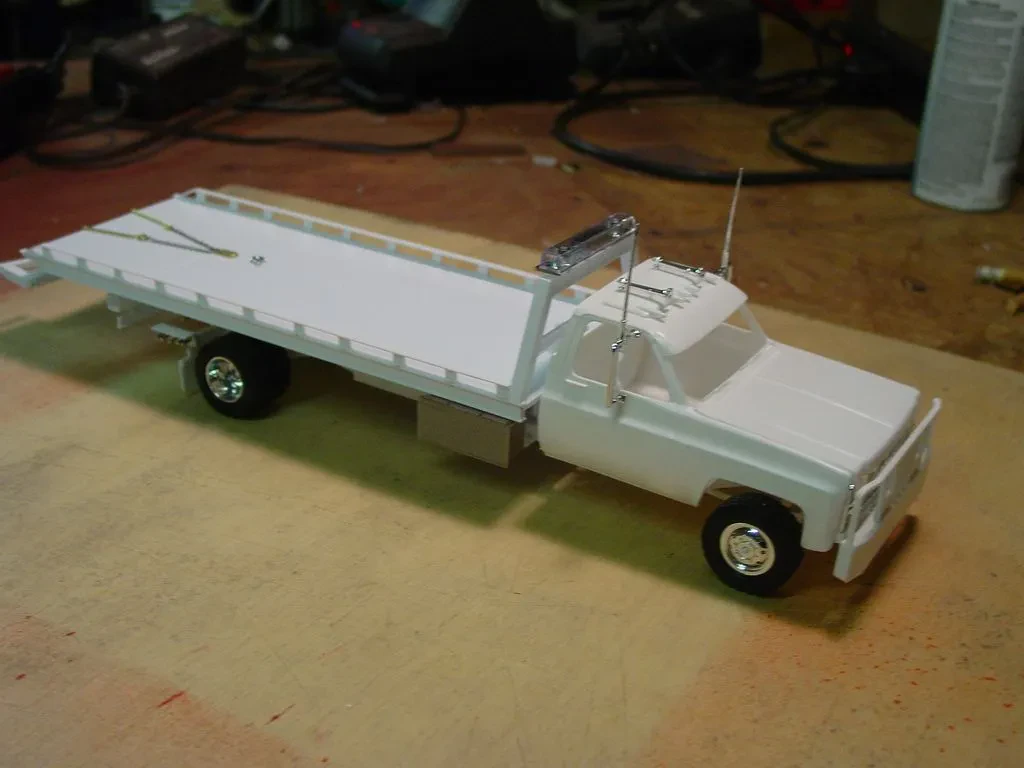
1/18 Scale
These are the big boys! 1/18 scale cars are large, detailed, and often feature opening doors, hoods, and trunks. They’re a great way to showcase specific car models and make a real statement in your collection. Because of their size and detail, they also tend to be more expensive.

Other Scales
While 1/64, 1/43, 1/24, and 1/18 are the most common, you’ll also find other scales like 1/12 (very large and detailed), 1/32 (popular for slot cars), and even smaller scales like 1/87 (HO scale, often used for train layouts).
Why Does Scale Matter?
Understanding scale is important for a few reasons:
- Consistency: If you want your collection to look uniform, sticking to a specific scale is key.
- Display: The scale will affect how much space your collection takes up. A collection of 1/18 scale cars will require significantly more space than a 1/64 collection.
- Detail: Larger scales generally offer more detail, but they also come with a higher price tag.
- Compatibility: If you plan to build dioramas or use accessories, make sure they’re compatible with your chosen scale.
Ultimately, the best scale for you depends on your budget, available space, and personal preferences.
Mixing Scales: Is it a Crime?
Not at all! While some collectors are strict about sticking to a single scale, others enjoy mixing and matching. There’s no right or wrong way to collect. If you like the way a particular model looks, regardless of its scale, then go for it! It’s your collection, so make it your own.
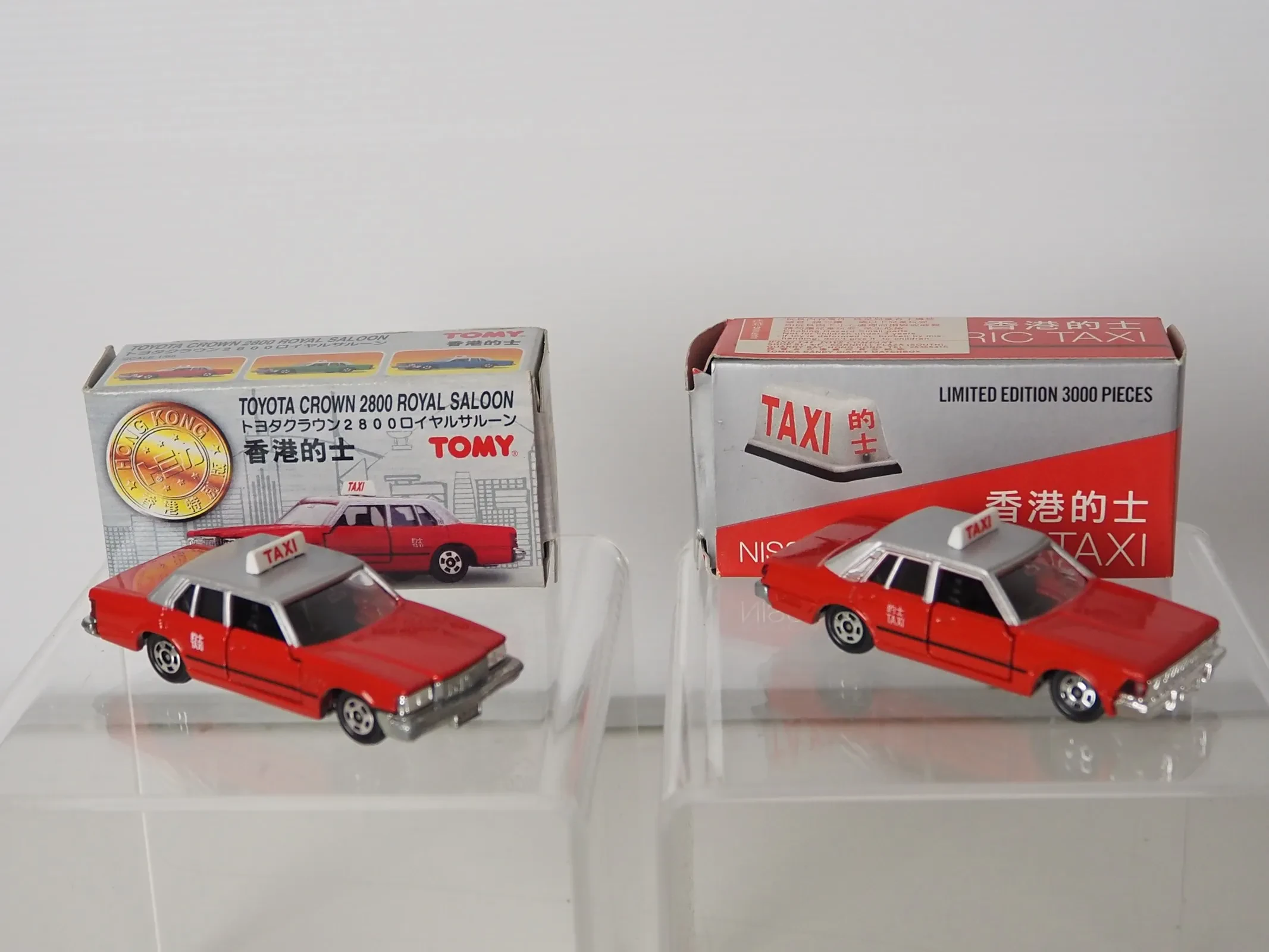
Just be mindful of how different scales look together when displayed. A 1/18 scale car next to a 1/64 scale car will look dramatically different in size.
Finding the Scale of a Diecast Car
The scale of a diecast car is usually printed on the box or the base of the model. Look for something like “1/64 Scale” or simply “1:64”. If you can’t find the scale listed, you can try to estimate it by comparing the model’s size to the real car’s dimensions. However, this can be tricky and is usually only necessary if the scale isn’t readily available.
Online resources and diecast databases can also be helpful in identifying the scale of a particular model.
Beyond Scale: Other Things to Consider
While scale is important, it’s not the only factor to consider when choosing a diecast car. Other things to think about include:
- Manufacturer: Some manufacturers are known for producing high-quality, detailed models.
- Materials: Diecast cars are typically made of metal, but some may have plastic or rubber parts.
- Accuracy: How closely does the model resemble the real car?
- Features: Does the model have opening doors, hoods, or trunks? Does it have working steering or suspension?
- Price: Diecast cars range in price from a few dollars to hundreds of dollars.
By considering all of these factors, you can build a diecast car collection that you’ll be proud of for years to come. Happy collecting in 2024!
